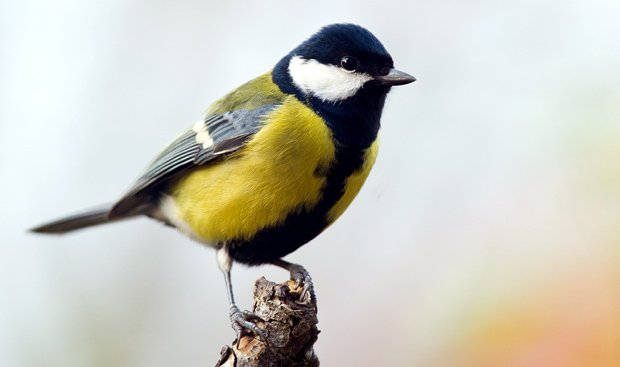Birds a twitter: social networkers better off

IT SEEMS THAT TWITTER may be for the birds after all. Researchers from Australia and the UK have found that it’s a case of not what you know, but who you know to get the best feed.
Australian PhD student Lucy Aplin, from the Australian National University, together with a team of researchers from Oxford University, UK, found that social networking helps wild birds – namely blue tits (Cyanistes caeruleus), great tits (Parus major) and marsh tits (Poecile palustris) – locate food more quickly; in fact, the more connected a bird is, the more successful it is at foraging.
“Social ties may be important in how birds find food, and how well individuals can access resources varies based on the extent of their social networks,” Lucy says. “Even in species like tits where social bonds aren’t as apparent or long-lasting as in primates, social networks can matter.”
Tracking bird tweets
These species are interesting in that while pairs hold distinct breeding territories in summer, in winter they flock together in loose groups of mixed species that can come and go, Lucy says.
Over one winter, Lucy and her colleagues observed the winter social network of tit birds tagged with electronic trackers at two particular feeding sites in woodlands near Oxfordshire. Then, after removing those familiar feeders, the researchers secretly added a new feeder at a different site – one unknown to the birds.
The researchers then recorded which birds found the new feeder and in which order – to ascertain how the news travelled through the network.
It turned out the birds that were successful at locating the feeder were also found to be those who had the most contact with others, whereas the more ‘lonely’ ones rarely made it to the feeder.
Successful birds work the social connections
“We don’t know yet what mechanisms individuals use to find food patches,” Lucy told Australian Geographic.
One explanation could be that friendly birds actively help each other out by spreading the word – and in return receive help with predators. However, says Lucy, it’s most likely that shrewd individuals observe inadvertent cues given by successful foragers. “For example, “says Lucy, “they may hear them feeding and approach the site, or they may observe later that they have successfully fed and follow them back to the food site.”
“Socially well-connected individuals [may] have access to more timely/better foraging information,” says James O’Connor, head of research at Birdlife Australia. “[The study] suggests some interesting lines of further inquiry, for example, about what role personality might play in this system.
The study may also explain behaviour of a number of Australian species with similar behaviour, such as thornbills or parrots for instance, says James. “Australia is characterised by ephemeral food resources which require significant energy investment to locate and exploit,” he says. Nomadic birds sometimes need to cover areas of hundreds of kilometres to find food and contact with other birds is even more crucial as they need all the clues they can come across to find food, James adds.
The research was recently published in the journal Proceedings of the Royal Society B: Biological Sciences.
RELATED STORIES

